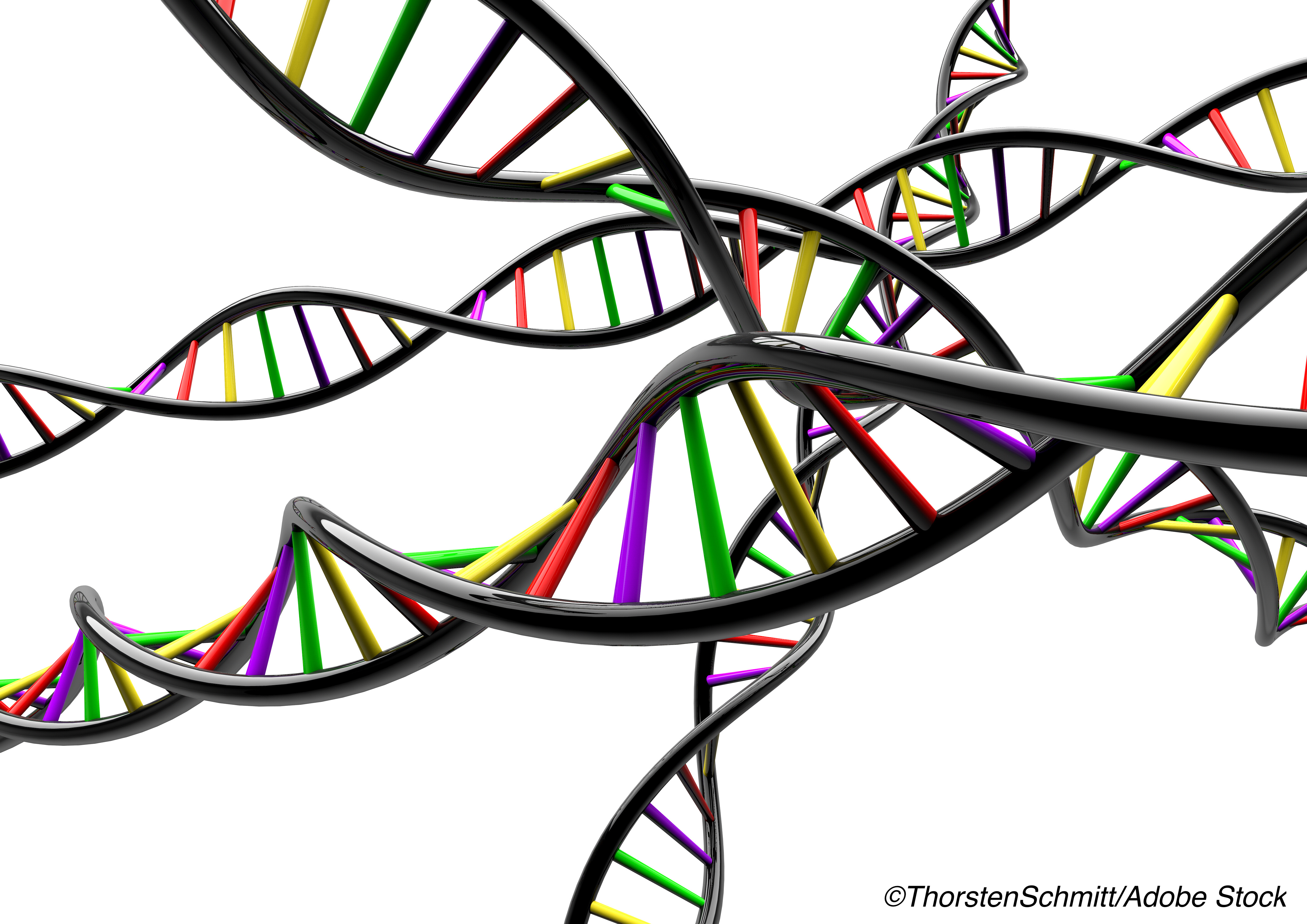People who are born with birth defects carry a greater risk of cancer into adulthood, researchers found; however, that risk is greatest in childhood, and while persisting into adulthood, does decline over time.
The researchers also determined that the greatest cancer risk for adults was for those born with congenital heart defects, genital organs defects, chromosomal anomalies, nervous system defects, and skeletal dysplasia, Dagrun Slettebø Daltveit, Department of Global Public Health and Primary Care, University of Bergen, Norway and colleagues reported in BMJ.
According to population studies, there is an association between birth defects and cancers in childhood. Whether that risk extends into adulthood, however, is unclear. This question is of some import considering that globally birth defects and childhood cancers account for the third and ninth top causes of childhood disease burden.
The authors noted that because both birth defects and childhood cancers occur relatively rarely, large studies are needed to identify enough people with birth defects to allow for estimates of cancer risk. In this study they used data from health registries in Denmark, Finland, Norway, and Sweden for their study. They identified 62,295 persons age 46 and younger who had been diagnosed with cancer and matched them against 724,542 people without a cancer diagnosis (control group) by birth year and by country).
The goal of the study was to identify associations between birth defects and cancer, assess whether cancer risk changed with the number of birth defects, and whether these associations between birth defects and cancer persisted into adulthood.
Of those individuals diagnosed with cancer, 32% were diagnosed before reaching the age of 15, while 58% were older than 20. The largest malignancy groups were lymphoid and hematopoietic malignancies, genitourinary cancers, and central nervous system tumors.
About 3.5% of cancer cases and 2.2% of controls were registered with a major birth defect. The most common of these were congenital heart defects, limb defects, and genital anomalies.
Daltveit and her colleagues determined that the odds of developing cancer were 1.74 times greater for people with a major birth defect compared to those without (odds ratio [OR] 1.74). For persons with non-chromosomal birth defects, the odds ratio of cancer was 1.54, while for those with chromosomal anomalies the odds ratio was 5.53.
They also found that the odds of cancer increased with the number of defects and decreased with age, for both non-chromosomal and chromosomal anomalies. The odds ratio of cancer in people with any non-chromosomal birth defect was lower in adults 20 years and older, (OR 1.21) than in adolescents (15-19 years: OR 1.5) and children (OR 2.03), while the relative overall cancer risk among adults with chromosomal anomalies was significantly lower in children (OR 1.50 ) compared to adults (OR 11.3).
Among adults these defects were most associated with overall cancer risk:
- Skeletal dysplasia, OR 3.54.
- Nervous system defects OR 1.76.
- Chromosomal anomalies OR 1.50.
- Genital organs defects OR 1.43.
- Congenital heart defects OR 1.28.
These “are findings of clinical importance for healthcare workers responsible for follow-up of people with birth defects,” wrote Daltveit and her colleagues, adding “the most important implication of our results is to provide further rationale for additional studies on the molecular mechanisms involved in the developmental disruptions underlying both birth defects and cancer.”
In an editorial accompanying the study, Logan G Spector, PhD, University of Minnesota Medical School, Minneapolis, and Lazaros Kochilas, MD, Emory University School of Medicine and Children’s Healthcare of Atlanta, Georgia, wrote that its findings should trigger further research.
For example, Spector and Kochilas wrote that future cohort studies could explore cancer associations not by birth defect phenotype, but developmental and molecular pathways such as neural crest abnormalities or defects in Ras signaling pathways. They also suggested that research looking at the link between cancer and prenatal or potential treatment exposures is warranted.
“These analyses may offer important preventive opportunities and identify high risk subgroups for enhanced targeted surveillance,” they wrote.
-
People born with birth defects have increased cancer risks that are greatest in childhood and persist into adulthood, although at declining rates.
-
The greatest cancer risk for adults were those born with congenital heart defects, genital organs defects, chromosomal anomalies, nervous system defects, and skeletal dysplasia.
Michael Bassett, Contributing Writer, BreakingMED™
None of the authors quoted in this article disclosed any relevant relationships.
Cat ID: 138
Topic ID: 85,138,497,118,935,191,41,138,192,925



